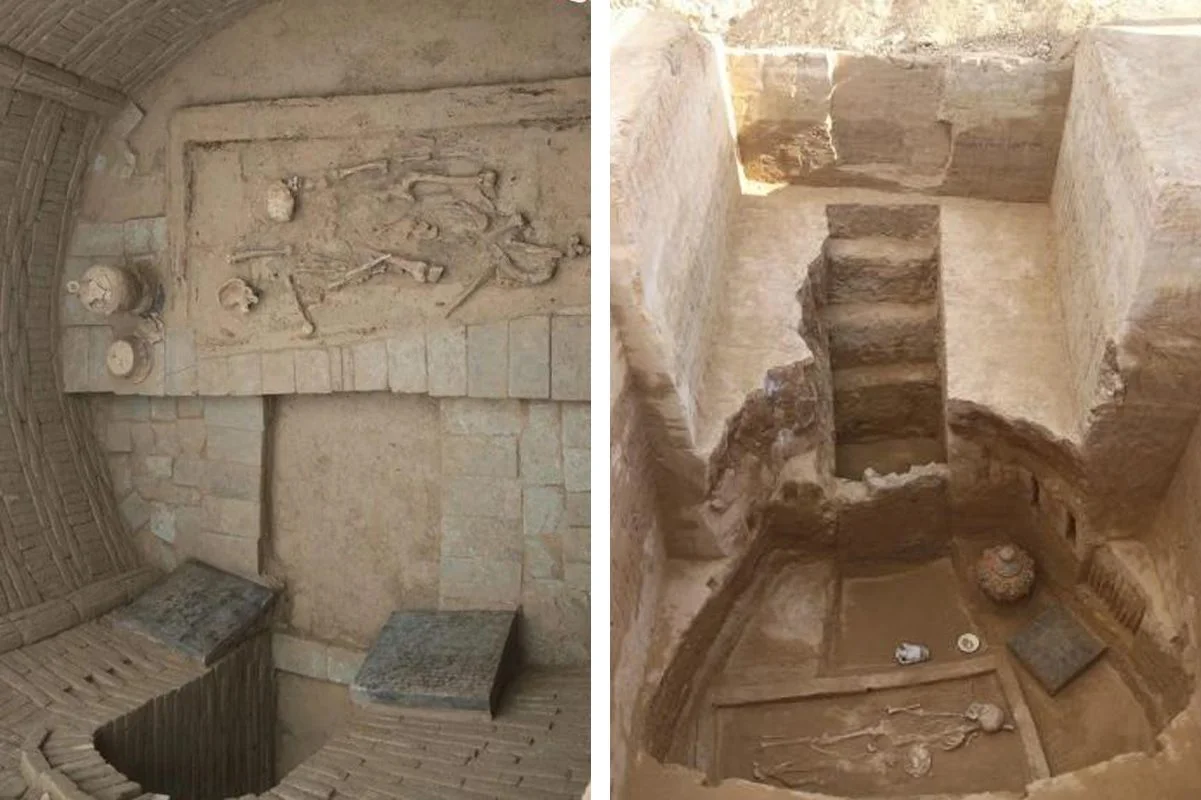Archaeologists from the Shanxi Provincial Institute of Archaeology have uncovered a cemetery dated to the Tang Dynasty in China.
The discovery was made in Datong in the Shaanxi province, where 58 tombs belonging to the middle and late Tang dynasty were discovered during construction works.
The Tang dynasty was an imperial dynasty of China that ruled from AD 618 to 907 AD, with an interregnum between AD 690 and 705. It was preceded by the Sui dynasty and followed by the Five Dynasties and Ten Kingdoms period.
The cemetery consists of small and medium-sized shaft-type tombs, which are rectangular, trapezoidal or irregular in shape, while some are concave shaped where the deceased’s coffin would be placed.
In two of the tombs are stone epitaphs, dated to AD 795 and AD 810, which are decorated with carvings ringed with the twelve symbols of the Chinese zodiac.
Excavations have revealed over 300 artefacts, including tower-shaped pots, numerous bronze mirrors, and several yellow and white-glazed jugs, pots and bowls. The mirrors have become discoloured over the centuries and are mainly circular in design, with some examples having a floral form.
Hou Xiaogang, from the Shanxi Provincial Institute of Archaeology, said: “This is the largest number of Tang tombs excavated in Datong. It provides an accurate basis for the age and provides important information for understanding the politics, economy, culture and funeral customs of Yunzhou in the Tang Dynasty. In addition, the epitaphs are rich in content and have high historical value, which is of great significance to the study of local officials in the Tang Dynasty and the Chenglifang system in Yunzhou.”
Header Image Credit : Shanxi Provincial Institute of Archaeology





